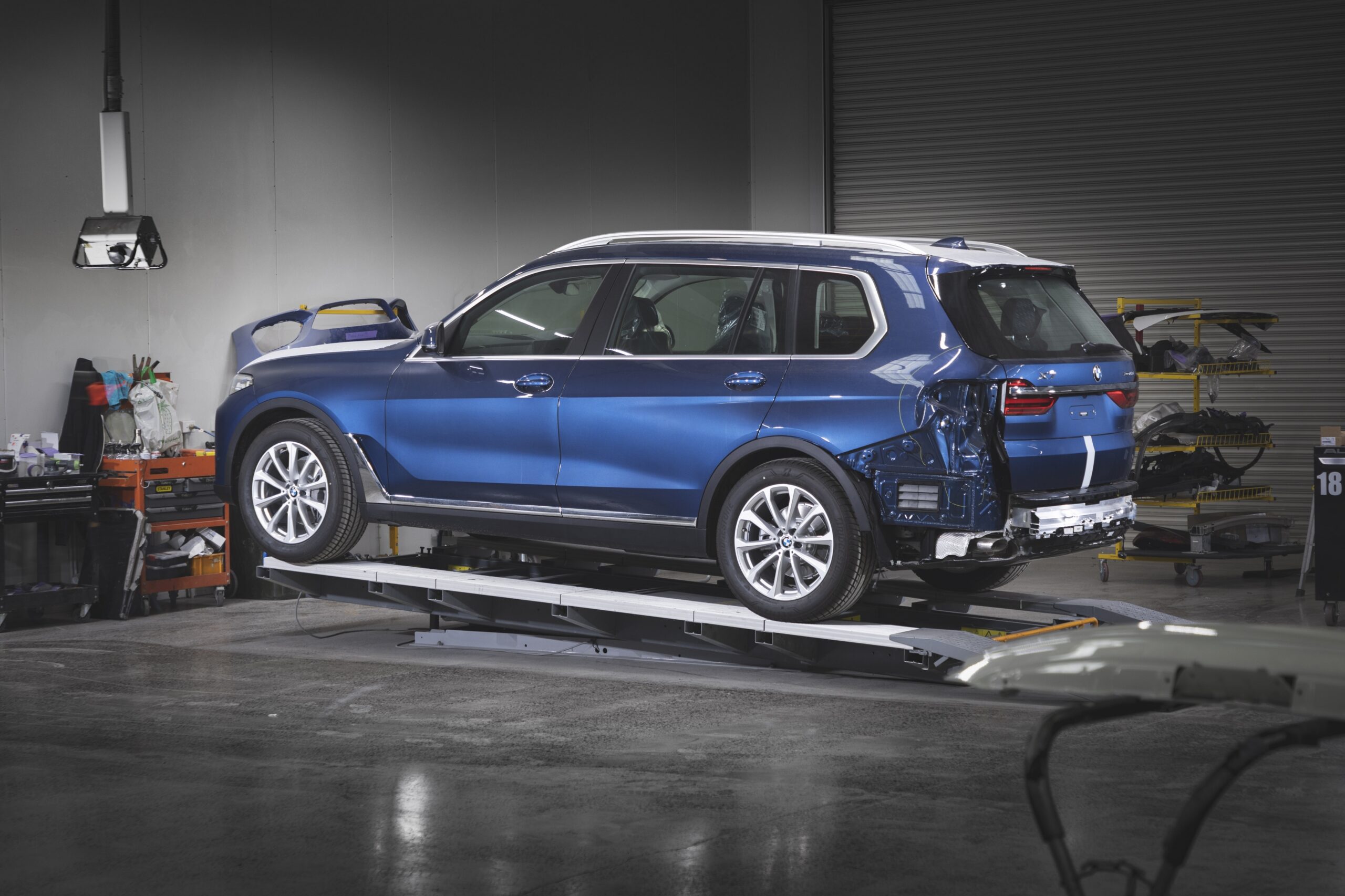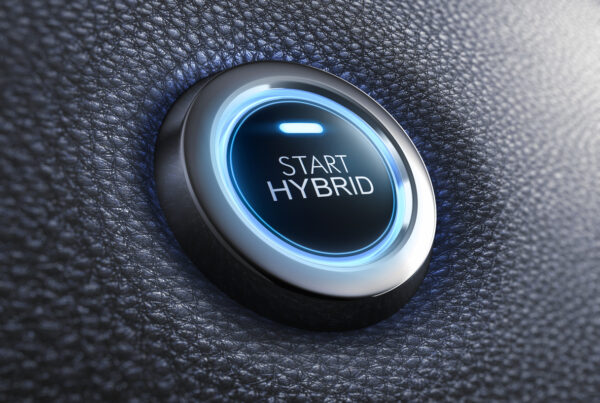BMW Australia is currently embarking on a rapid expansion of its accredited national vehicle repair program that is enabling repair of BMWs to a structural integrity and quality that matches or exceeds the levels of the factories where the vehicles were manufactured.
A new globally-certified training program for BMW body and paint repair puts the brand at the forefront of the industry with the ability to repair advanced components including carbon-fibre and the sophisticated, space-age structural elements involved in the construction of electric vehicles.
The new multi-step training program covers the following aspects:
- Carbon-fibre repair
- Insurance assessor training
- Structural repair
- Panel replacement
- Electric vehicle overview
- Model technology updates
- Painter training
- Glass replacement
The training program allies with a bolstered technical infrastructure for national BMW Bodyshops that provides greater coverage and convenience for BMW customers.
BMW paint and panel repair professionals trained in the global program work with cutting-edge techniques in all bodyshops to provide a peerless final result. These include aviation-standard methodologies to ensure the vehicle performs to its highest standard and also carries a superior finish following an accident or repair work.
In addition, BMW adopts a training career pathway for specialists to ensure they receive updated modules and training information in light of BMW’s unprecedented rollout of new models and constantly refreshed product portfolio.
“BMW Australia and its partnered bodyshop network employs the most progressive techniques for vehicle repair, including for the very latest BMW models,” said Dr Reiner Meierbeck, BMW Group Australia head of Aftersales.
“Our aim is not to repair BMW vehicles to OEM standards, but actually repair to a much higher level so they can capably withstand another impact, ensuring superior cabin integrity for all occupants.”
The training program is also designed to future proof the work of local professionals in providing them knowledge and education of new generation automotive design, engineering and construction techniques and how to deal with the intricacies of repairing highly complex vehicles.
“As we transition into more mainstream adoption of electric vehicles and autonomous technologies, we are seeing an increased requirement for chassis and bodies to balance strength, weight, flex and rigidity,” Dr Meierbeck said.
“BMW vehicles now include increased levels of high strength steel, aluminium, aluminium steel composites, carbon, plastics and thermal plastics, and we therefore need to ensure our people are educated and fully informed of every detail.
“This is where such a high-quality training program plays such an important role and, when combined with our technical capability, further differentiates a BMW Bodyshop from a conventional bodyshop,” Dr Meierbeck added.
BMW Australia has 45 Accredited BMW Bodyshops across Australia with an already advanced level of capability.
Facilities include model-specific computerised body alignment benches to check alignment of vehicle body points, the Kinematic Diagnostic System (KDS) to return suspension geometry to factory tolerances and the Diagnostic Information System (DIS), which can determine in precise detail the extent of vehicle damage before the commencement of work.



















